Optolong L-Quad Enhance Filter (L-QEF) Quad Bandpass Light Pollution Suppression Filter (OPT-L-QEF-2)
AS100339
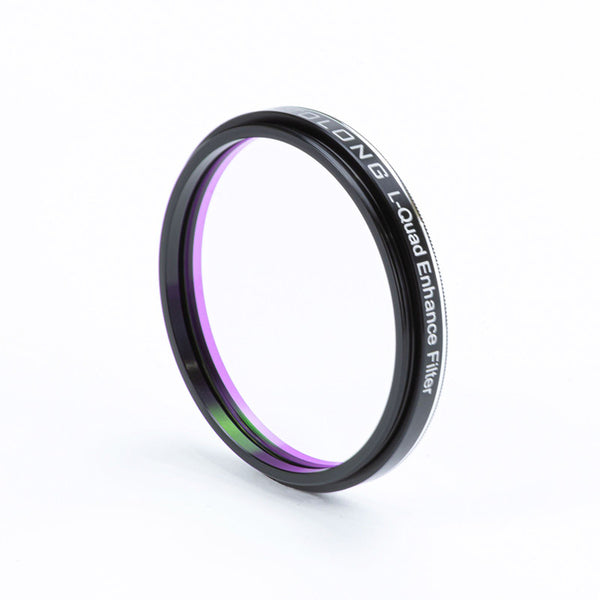
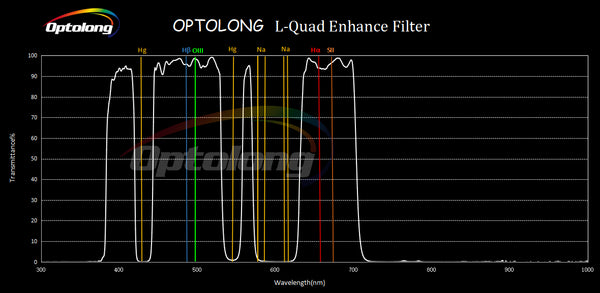


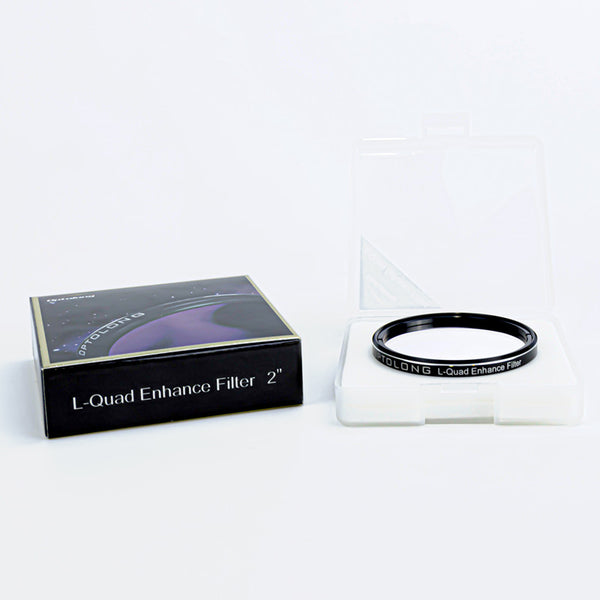
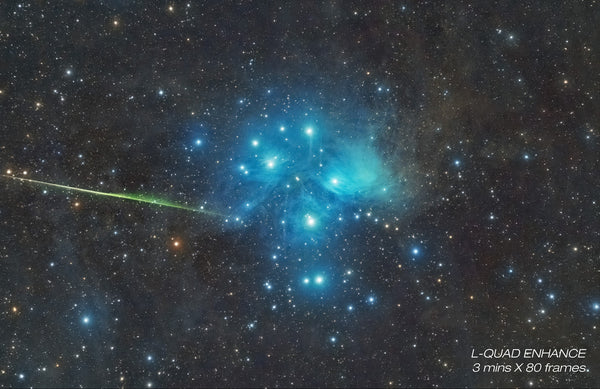
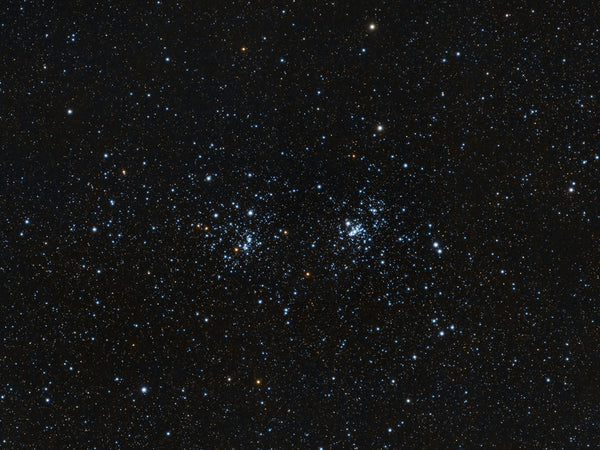
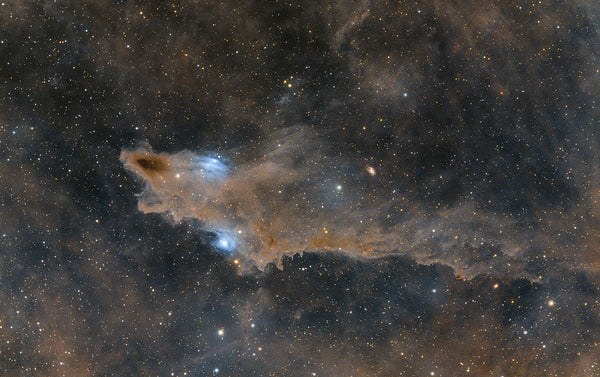
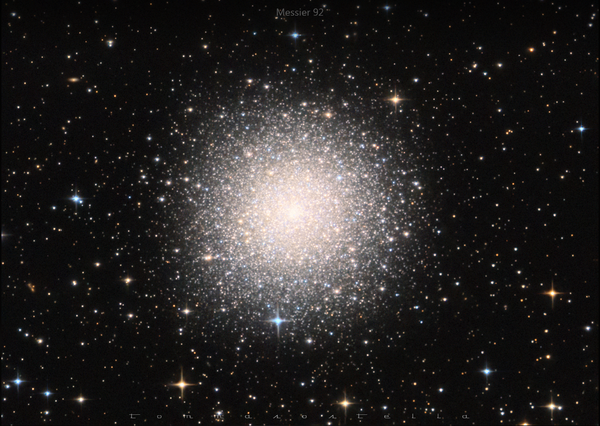
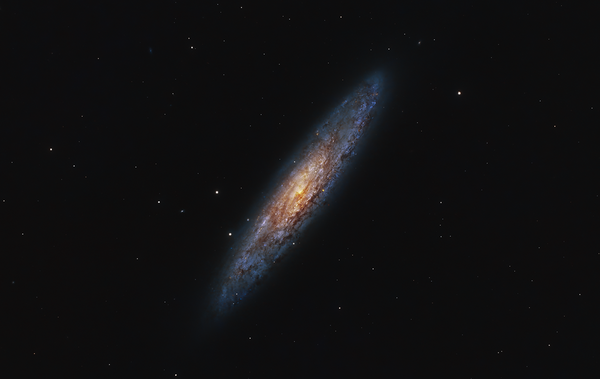

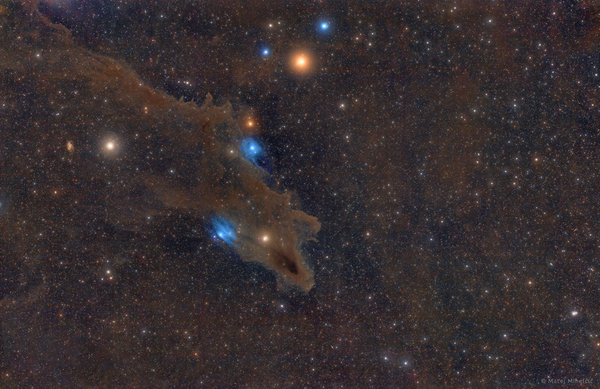












Optolong L-Quad Enhance Filter (L-QEF) Quad Bandpass Light Pollution Suppression Filter (OPT-L-QEF-2)
AS100339
Why Purchase from All-Star Telescope?
Free Expert Support
Whether you are a first timer needing help with setting up or an enthusiast that can't quite make that one thing work, our expert staff are ready to support your needs. With decades of knowledge and first hand experience we've been there and we can help you through it!
Stress Free, Secure Transactions
You can trust purchasing and delivery with All-Star Telescope. All of our transactions are 100% secure and Level 1 PCI DSS compliant thanks to Shopify's ShopPay platform. For additional protection, we insure 100% of the value of every shipment we make. If it get's lost during shipment, we replace it. If it gets damaged during shipment, we replace it. We make sure your product arrives exactly as you would expect it to; we promise.
We also ensure privacy protection. We never keep any of your credit card information on file and any of your personal data is stored according to our policies.
30 Day Return Policy
Buy with confidence knowing that we accept returns up to 30 days after purchase. We want you to have something you will actually use and we are confident that we keep good quality products in our store with No Junk.
Price Match Promise
Shipping around for the best price is tough, we make it easier by offering the best pricing in the market. But if you find a better price on an in-store item somewhere else we will match it!
Product Description
L-Quad Enhance Filter (L-QEF) is a quad bandpass light pollution suppression filter for colour cameras. It effectively suppresses the transmission of light pollution wavelengths, especially light pollution generated by artificial lighting (including mercury and sodium lamps), as well as the effects of natural skylight-induced effects on the shot, thus effectively enhancing the contrast and details of the celestial bodies, and making the objects more distinct and stereoscopic. This filter provides better color balance while improving resistance of light pollution. L-QEF can be used for both wide field astrophotography, such as the Milky Way in Summer and Winter, and deep sky objects such as nebulae, galaxies, star clusters, and so forth; It allows you to save a lot of time during the shooting process and get better results at the same time. The design of quad bandpass maximises the colour balance of nebulae, galaxies and other broadband spectral targets.
Key Features
- Cuts out light pollution from mercury and sodium lamps and produces a nice broadband image with minimal colour cast;
- Signal-to-noise ratio (SNR);
- Near IR cut-off to 1000nm, reducing the effects of IR noise;
- L-QEF has more than 90% transmittance of the nebula emission lines at H-Beta/OIII/H-Alpha/SII, with cut-off depth from OD2 to OD4, thus providing a significant increase in resistance to light pollution. L-QEF is good for night sky from Bortel 1 to Bortel 7 levels; (Bortel 8, Bortel 9 environments shall not be recommended, kindly chose Optolong other narrow-band filters, 3nm, 7nm type of filters are available.);
- Suitable for wide range of deep sky targets: it covers most nebulae, galaxies, star clusters, reflected and emitted line signals astronomical objects with higher contrast and rich details while maintaining excellent colour balance. L-QEF is superior to other filters of the same type.
Coating Technology
- Multi-layers anti-reflection coating
- Non-cementing optical substrate coating
- Optolong filter adopts precision coating based on Ion-assisted deposition coating technology for durability and resistance to scratching, as well as stability on CWL(central wavelength) no deviation affected by temperature change.
- Planetary rotation system offers precision and homogeneity of coatings ensuring high value on transmission of pass-band and Optical density of off-band.
L- Quad Enhance Filter (L-QEF) Performance
The Seven Sisters meet the Comet © Vincent Cheng (China Hongkong)
The seven sisters meet the Comet
Equipment:
Date /Location :
17-18, SEP, 2023
DanXiaShan STARHOUSE, China(Bortle 4)
Camea : ASI294MC Pro (cooled at 0C)
Gain : 120
Telescope: William Optics RedCat 51 (250mm f4.9)
Filter : Optolong L-QUAD ENHANCE 2-inch
Mount: iOptron SmartEQ PRO+
Guide: ASI120MM mini, ZWO OAG
controlled by ASIAIR plus
Exposure: 180s X 80frames
w Dark Frames, Bias Frames, flat Frames
process w PI,PS CC
Credit: Vincent Cheng

Double Cluster ©Astrodoc Ron Brecher(Canada)
This image is a test of the new Optolong L-Quad Enhance Filter (LQEF), a light pollution filter for broadband photography. This test was conducted under a full Moon and moderate transparency – a tough test for any filter. For my first target I chose the Double Cluster to evaluate star colours and shapes. This filter performed well on these targets. I will test on a galaxy when the Moon is out of the sky.
NGC 869 (right) and NGC 884 each contain hundreds of stars and are about 13 million years old (compared to 75-150 million years for the Pleiades). Lying about 7,500 light years away and a few hundred light years apart, they have a combined mass about 6,500 times our Sun’s. However, their combined halo is more than 20,000 solar masses. The clusters are moving towards us at a speed of about 40 km/s.
These open clusters are bright enough that they were originally given star designations (h- and Chi Perseus). They are visible to the naked eye, appearing as an oval foggy patch in a dark sky. They look like sparkling white diamond dust in binoculars or a small telescope.
Tekkies:
- Takahashi FS-60CB scope with flattener at f/6.2 and QHY367C Pro one-shot colour camera with Optolong L-Quad Enhance Filter.
- Acquisition and Paramount MX control with N.I.N.A.
- No guiding All pre-processing and processing in PixInsight.
- Acquired from my SkyShed in Guelph on September 29, 2023. Average transparency and seeing, full Moon.
- 42x5m chrominance = 3hr30m

LDN 1235 Shark Nebula ©Andrea Maggi (Italy)
LDN 1235 Shark Nebula
Testing the new Optolong filter for colour cameras
Sharpstar 76PH telescope
Camera ZWO ASI 2600MC
Optolong filter L-Quad Enhance Filter (L-QEF)
11 hours of exposure

The globular star cluster (M92) © Tommaso Massimo Stella (Italy)
The globular star cluster (M92)
The performance of the filters is very good.
Date: 2023-07-23
Location: Valle degli Ulivi (Taranto-Italy)
SKY: SQM 19.85
Lights: 41x180s BIN2
Telescope: Sky-Watcher 250/1000 + GPU Coma Corrector
Camera: Omegon veTEC 571C V4
Filters: New Optolong Astronomy Filter broadband filter L-QEF
Mount: Skywatcher AZ-EQ6 GT
Processing: DeepSkyStacker, PixInsight, Photoshop CC

The Sculptor Galaxy © First Person View Astro (Frank Arapovic)
Here is my latest edit of NGC253 also goes by the name of The Sculptor Galaxy or by the name The Silver Dollar Galaxy. It is estimated to be about 45,000 light years across and 11.4 million light years away from Earth.
This image was taken with the new Optolong Filter User L-Quad Enhance Filter. This filter is excellent. The first thing you notice and really stands out after you open up the package is the build quality of the filter, it is second to none. You can see that the manufacturing and QC process has been to the highest standard.
But as you can see in the image it's the results that truly matters and I have found that this filter is capable of doing what it states, providing excellent image quality in light polluted areas.
Processing the image was easy too. There are no halos around bright stars thus far. I have imaged other targets but with only a limited amount of subs, such as M17 and NGC2070, however with the limited time I have had on those targets it's shown to be promising.
I am yet to image some more difficult targets such as The Orion Nebula but I am keen to do so ASAP.
The image was taken in a bortle 5 location with the moon out over two nights of the 4th and 5th of October 2023
- Celestron EdgeHD8 at f7
- ZWO ASI2600MC Pro, gain 101, -10c
- 154 x 180sec subs, cropped
- 30 x darks
- 30 x flats
- 30 x flat darks
- Stacked and Processed with PixInsight
Bortle 5, backyard Auckland, New Zealand
What's in the Box
Specifications
| Sbustrate | optical glass |
| Thickness | 1.85mm |
| FWHM | Quad bandpass filter |
| Blocking range | 300-1000nm |
| Blocking Depth | OD2-OD4 |
| Surface quality | 60/40 |
| Transmitted Wavefront | RMS λ/4 |
| Parallelism | 30s |
Optolong L-Quad Enhance Filter (L-QEF) ONE sizes at the moment:
- 2"(M48×0.75)
Based on the characteristics of celestial bodies’ emission lines and light pollution emission lines, L-Quad Enhance filter effectively reduces the impact of light pollution and suppresses the background light of astronomical objects, thus effectively enhancing the contrast and details of the celestial bodies. Using L-QEF filter can help you save a lot of time during the shooting process, yet obtaining incredible results.

How to read the chart?
- The horizontal axis is the Wavelength in Nanometers(nm).
- The vertical axis is transmission in %.

Additional Articles, Videos, and Links
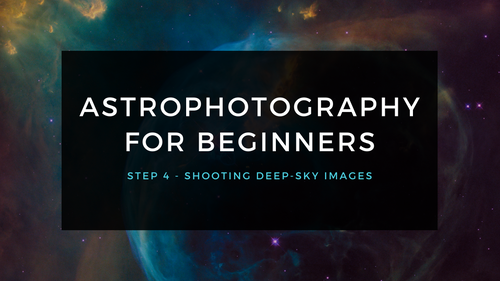
Astrophotography for Beginners Step 4: Shooting Deep-Sky Images
Taking deep sky pictures can be daunting, luckily there is an easy process to follow to allow you to get great shots! Here is the typical process for actually taking deep-sky images in the field.
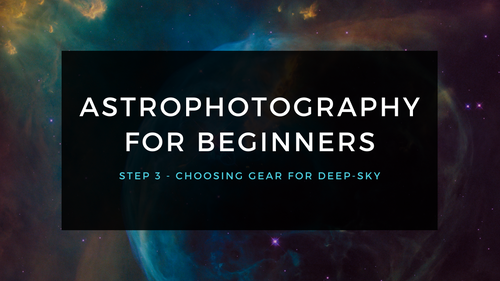
Astrophotography for Beginners Step 3: Choosing Gear for Deep-Sky Imaging
Using a star tracker gains you experience with the fundamentals of deep-sky imaging. Shooting the Moon gains you experience focusing and framing through your telescope. Through your sessions you’ll...
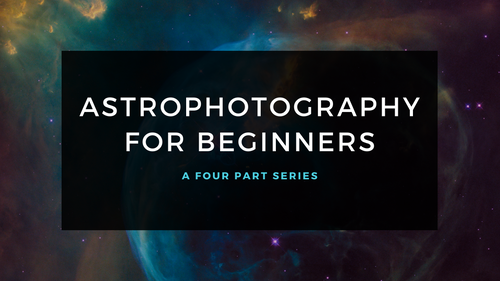
Astrophotography for Beginners - Start Here: Getting into Astrophotography Step by Step
Shooting the night sky has never been more popular, nor easier. The choice of equipment has also never been better, or more affordable. However, as per the advice given by Dickinson and Dyer in the...
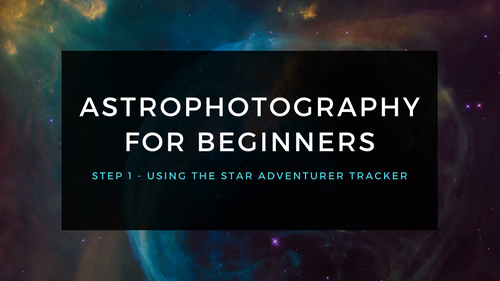
Astrophotography for Beginners Step 1: Using the Star Adventurer Tracker
By far the most economical and easiest way to capture beautiful images of the Milky Way and large deep-sky objects like the Andromeda Galaxy (shown here) is to use a star tracker. Here are steps an...
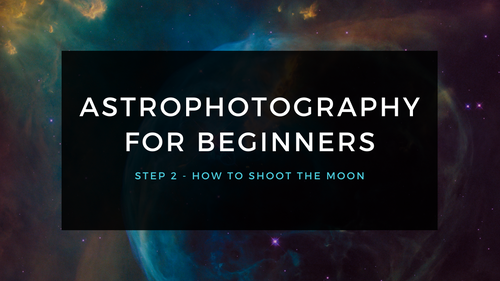
Astrophotography for Beginners Step 2: How to Shoot the Moon
Close-ups of the Moon are rewarding, and an easy way to learn to shoot through your telescope. While good results are possible with a phone camera clamped to an eyepiece (as shown below), this tuto...

